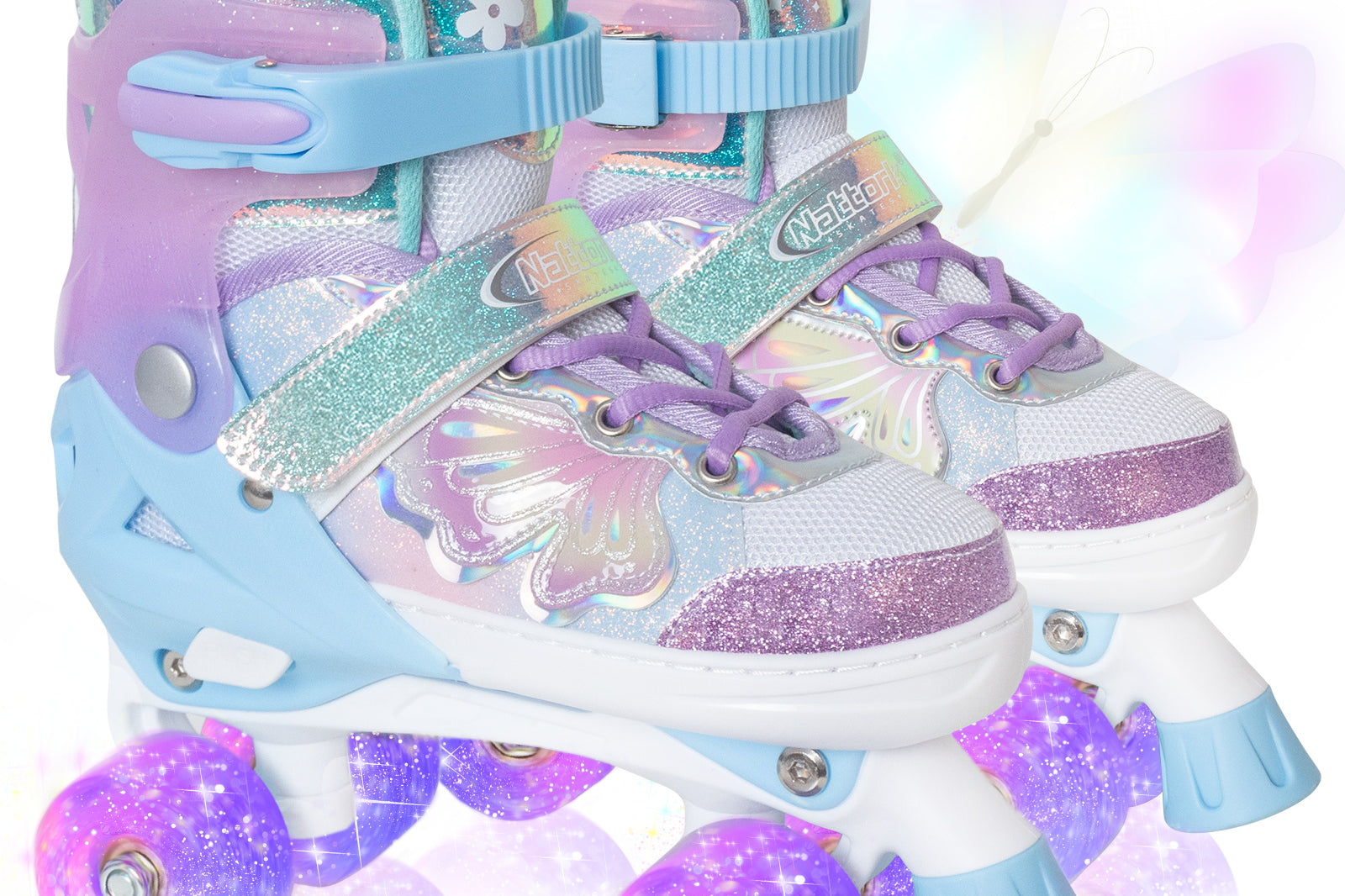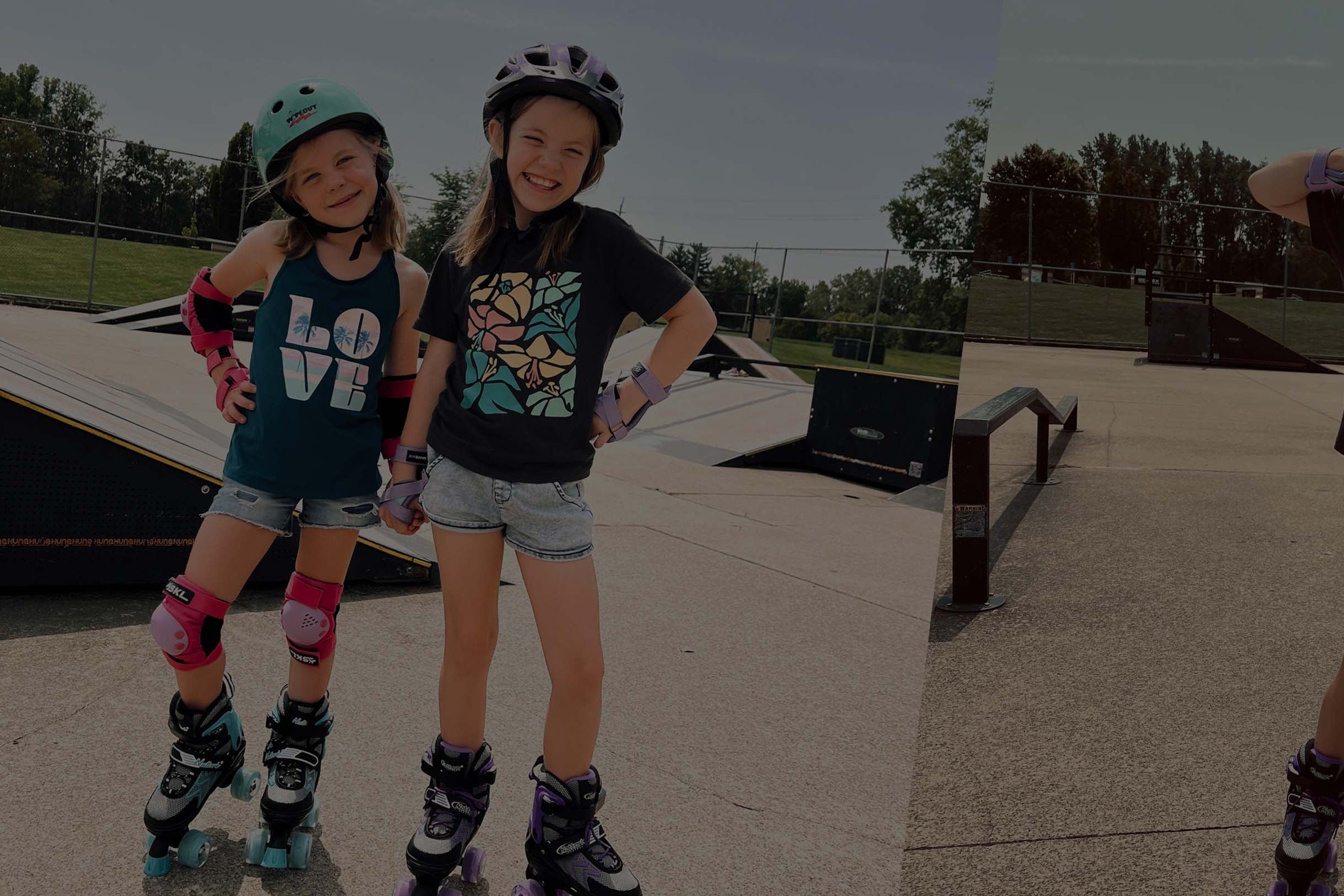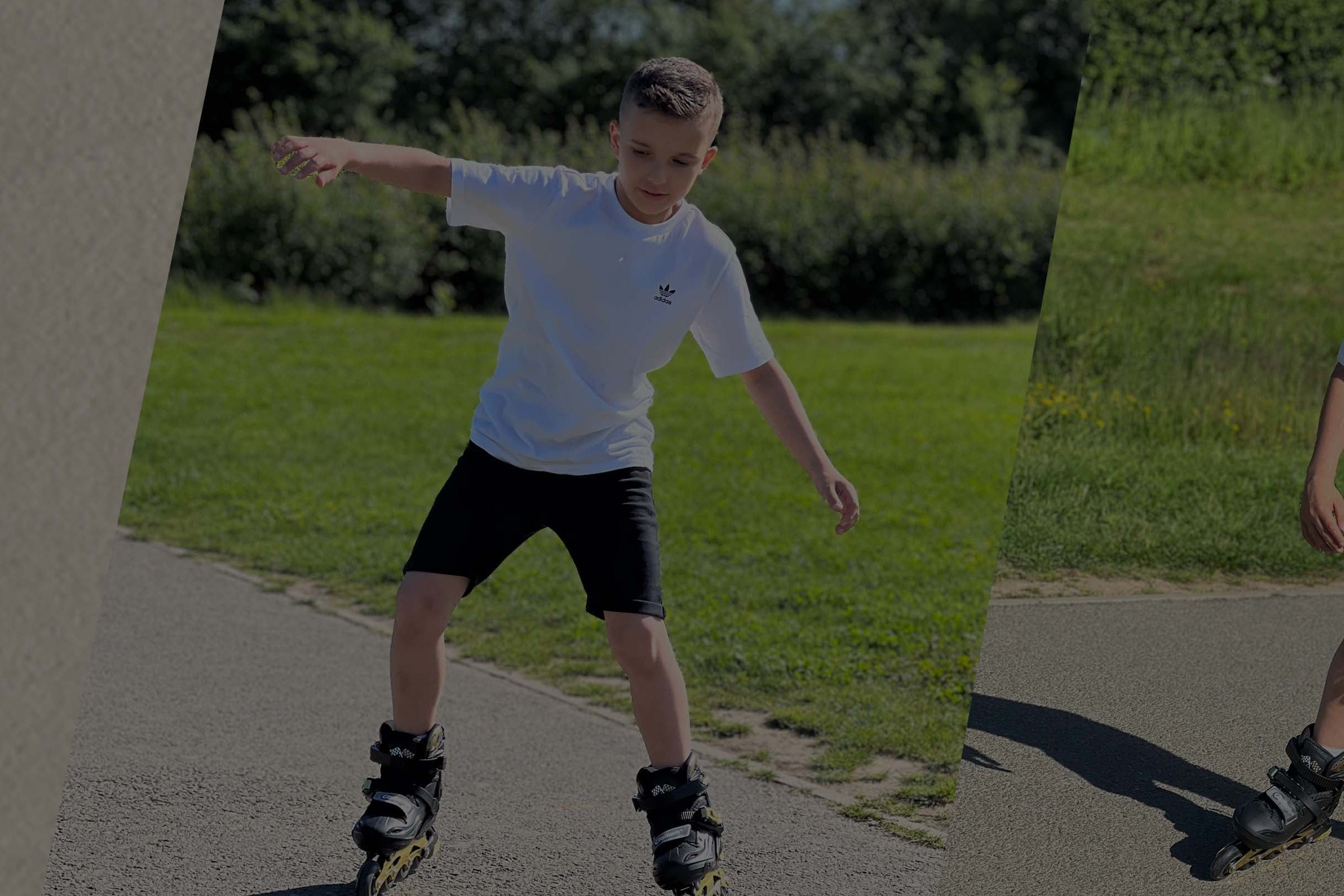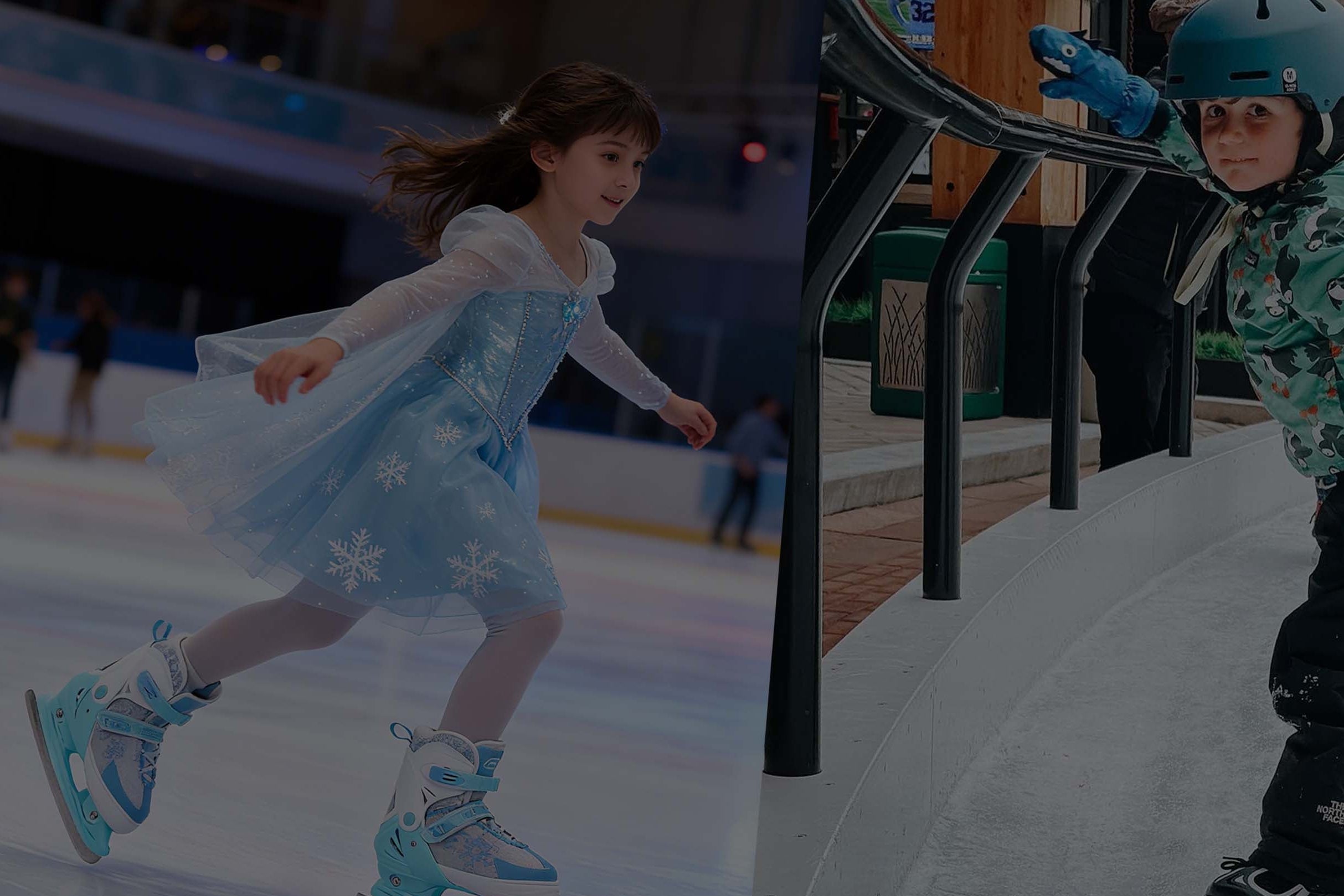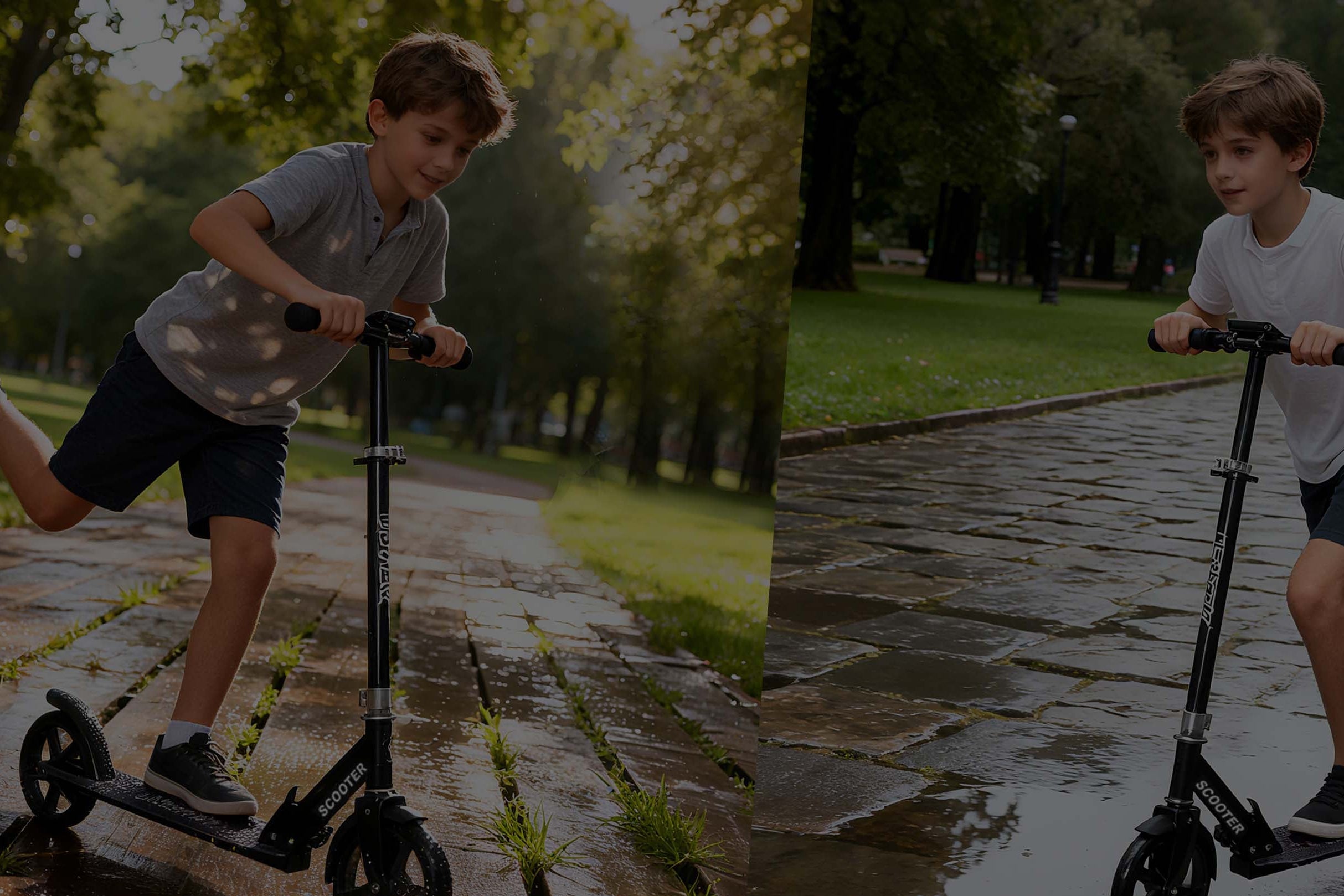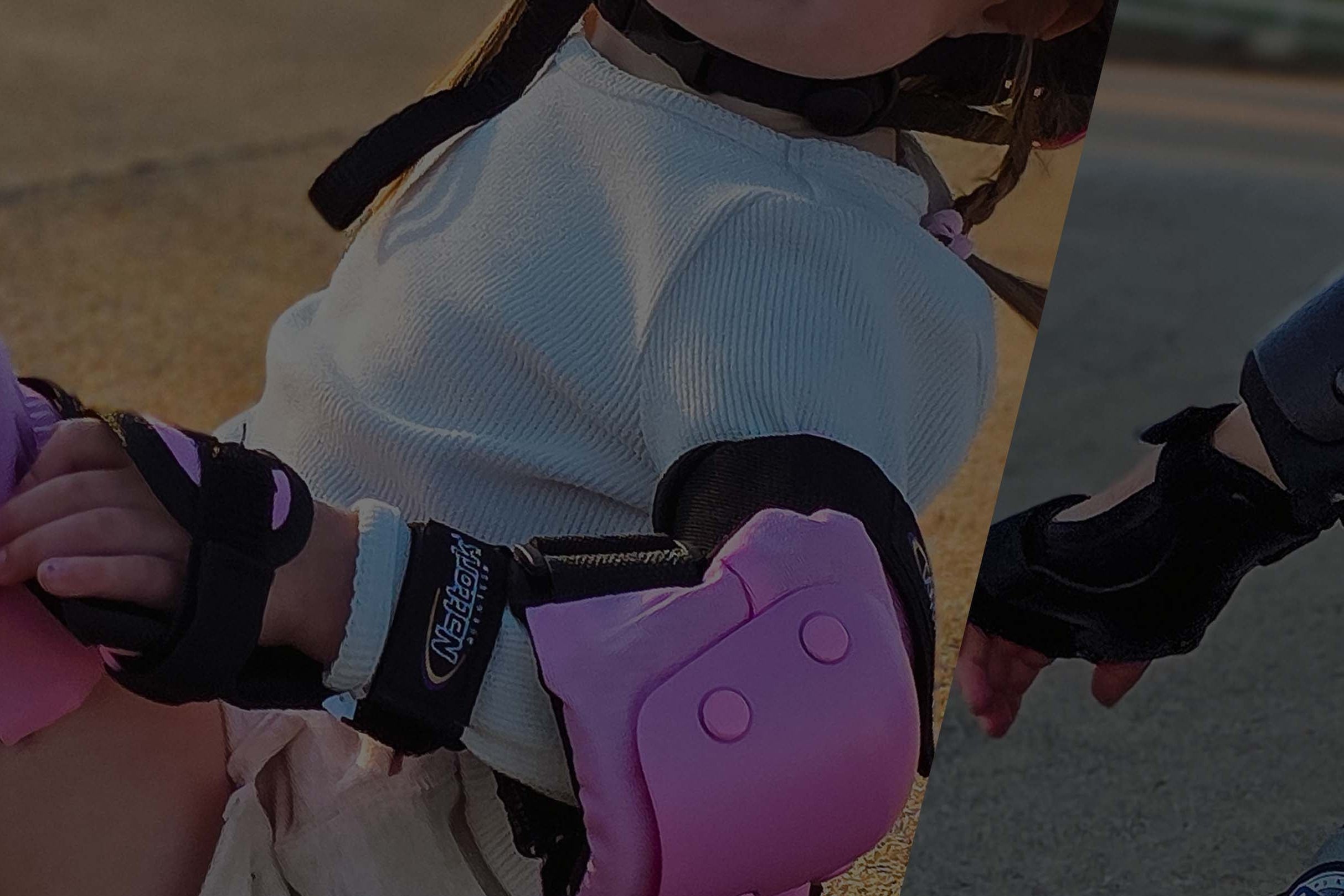From the minute you strap on your Nattork roller skates, you are ready for fun. Whether you plan to enjoy an outdoor roller skate adventure or head to the local rink, it’s important to prepare yourself for the negative side effects of the activity: falling. Beginners might fall a lot when they’re learning, but experienced skaters tumble, trip, and overbalance at times, too. Learning to fall safely is an important skill to develop.
Roller Skates and Protective Gear Go Hand in Hand
Before getting into all the tips and tricks to fall in ways that minimize the risk of injury, it’s first important to know about fall protection equipment. This safety gear is essential! Even if you consider yourself a pro with years of skating experience behind you, you still need to follow these rules.
Wear this gear every time you go roller skating:
· A skating or bike helmet approved for your age that fits well
· Quality knee and elbow pads
· Wrist guards that offer comfortable support
You can’t go wrong with Nattork protective gear to match your favorite skates.

Practice Controlled Falling in a Safe Place
Falling down safely is a skill you can learn and practice. Start on grass or another soft surface. If you have mats or thick foam pads, set those up in your designated crash zone. Do not start out at a roller rink where you will only have a hard floor and other skaters to contend with.
Many of the ‘good fall’ techniques mirror those you use when skating, so it should quickly become muscle memory. Bend your knees and lean forward slightly. This keeps your center of gravity lower and puts you in position to fall the right way to minimize risk of injury.
The moment you feel like you’re losing balance, bend your knees and lean some more. It is much, much better to fall forward than it is to fall backward and potentially injure your spine or hit your head on the hard ground. When you crouch, you increase the chance of the most protected body parts hitting first. That is your knees, which should have thick, hard knee pads, and your hands, which are protected by gloves and strong wrist protection.
Sometimes you simply can’t aim your fall with any intention. If you are going down in any way other than onto your hands and knees, it is vital to protect your most sensitive parts. Hands break more easily, and a head injury can be quite severe. When you fall, tuck your head down so your chin is on your chest, and draw your hands up close to your body. It’s better to land on your hip or shoulder.
Another great technique to fall safely when roller skating is to glide or roll. Both these maneuvers work with your momentum. On a hard surface like a roller rink floor, you can slide on your knee pads for a bit. On any other surface, try tucking and rolling. Practice each of these methods on that soft surface before you hit the paved pathways and the rink. The more you know about protecting yourself, the more you can enjoy your roller skating adventure.
Related Blog:
Skateboarding vs. Roller Skating: Which One is Right for You?

